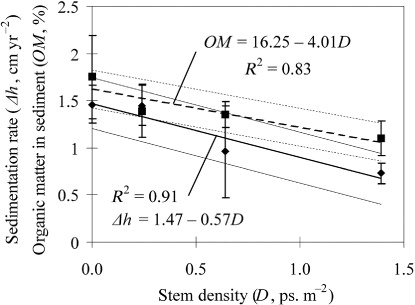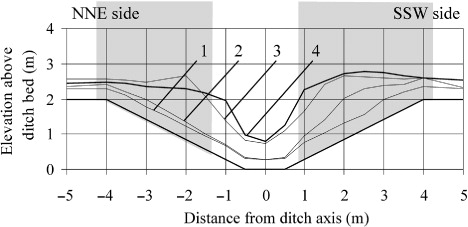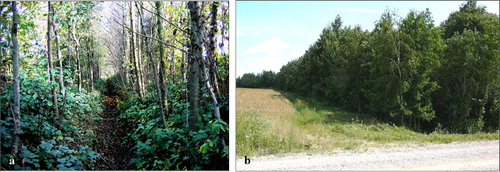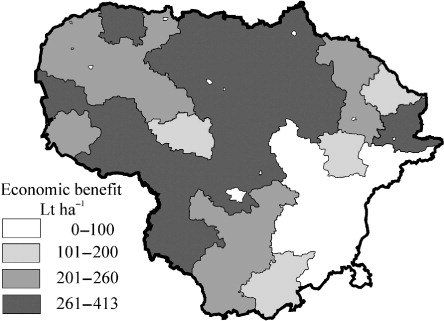Figures & data
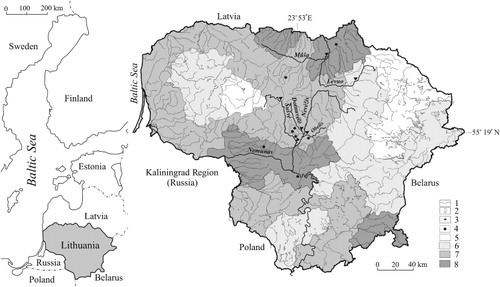
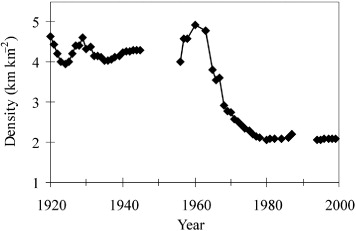

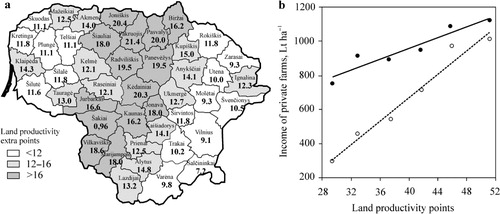

Table 1. Average annual leaching of nutrients (kg ha−1) via drainage systems from various cropping systemsa on gleic cambisols between 1995 and 2003 (Bučienė et al. Citation2007).
Table 2. Studies reporting N and P leaching via subsurface drainage systems from fields receiving slurry and liquid manure.
